More often than not, by the time my clients come see me, they have a problem.
And to them, it’s often a big one. Well, big enough for them to seek outside help.
This can include general problems like low back pain or neck pain, sports injuries like sprained ankles or twisted knees, or functional limitations such as loss of strength or loss of flexibility after a surgery or medical procedure.
In almost every case, the rehabilitation protocol will follow a set procedure of problem solving which involves the use a technique called chunking.
What is chunking?
Chunking is exactly what it sounds like: breaking a bigger, more challenging problem into smaller, more manageable bits, or “chunks”.
Take for example someone coming in with low back pain.
Their present level of pain may be so bad that the idea of doing exercises makes them feel ill; their protective guards would go up and the minute I suggest exercise, they’d look at me like I was out of my mind – there would be no buy-in.
And without that buy-in, most physical therapy doesn’t work as well.
But if I know that specific movement would help get them out of pain and back to their regular activities, how could I overcome that initial resistance and get them to start?
By chunking it.
Instead of going head first in to more complicated exercises or rehab movements, I may just work on something that they already do or that they already need to do.
In many cases, I just work on the basic transition from lying to sitting, or sitting to standing – activities that they would need to do already anyway. By working on these simple tasks and enabling them to solve a small problem in the context of the bigger problem, my clients are empowered. Confidence goes up. And usually, pain levels go down. When pain goes down, function usually improves. And a positive feed-forward loop is created with subsequent chunks added in.
In the end, all these little chunks add up, creating big results.
The best part about chunking: it can be used for almost any problem, in any area of your life.
From human performance to debt management.
Now that’s a chunk of advice I’m glad I came across.
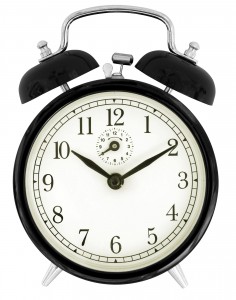


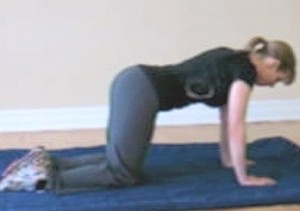
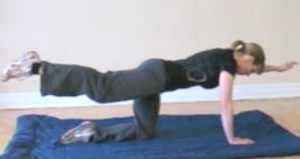
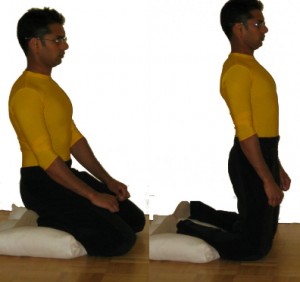
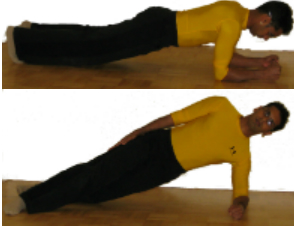
(inside Peak Performance Golf)